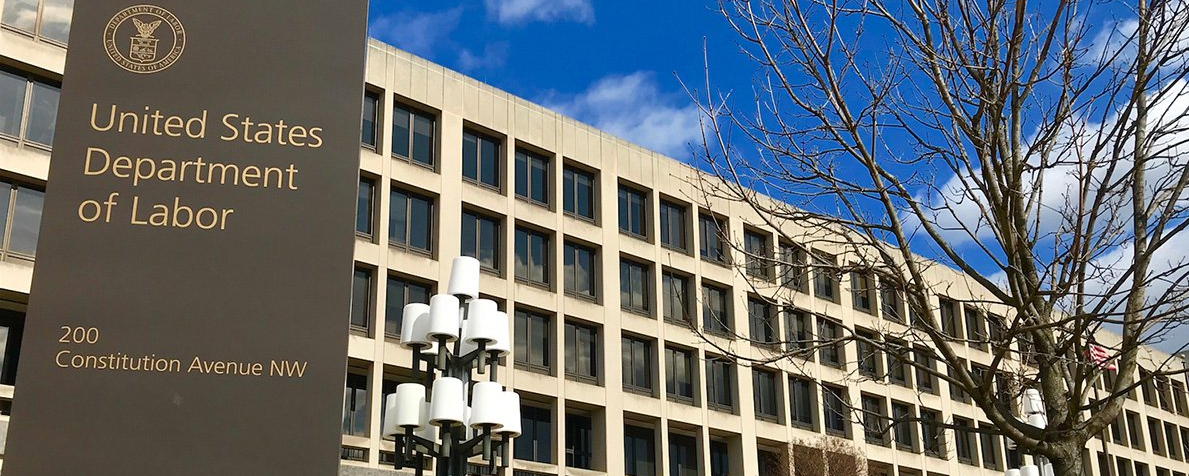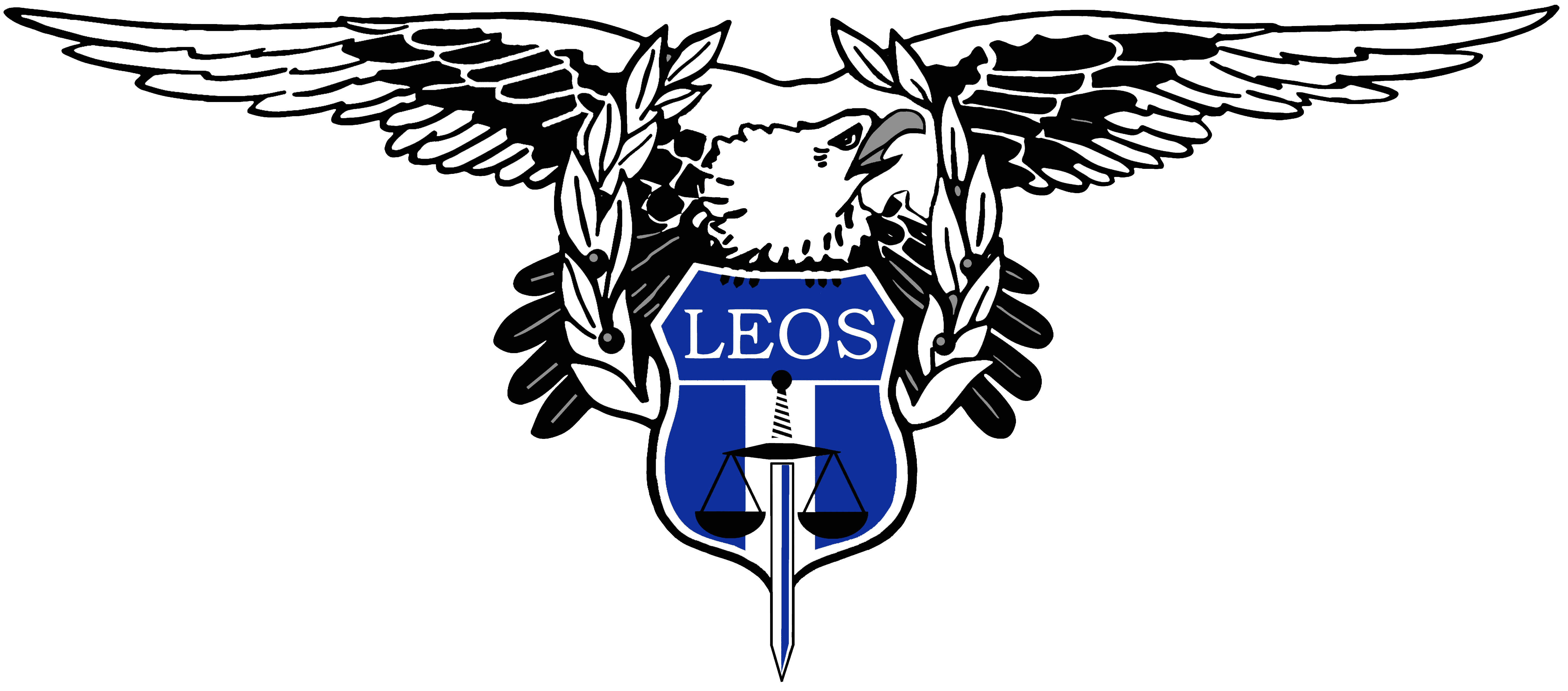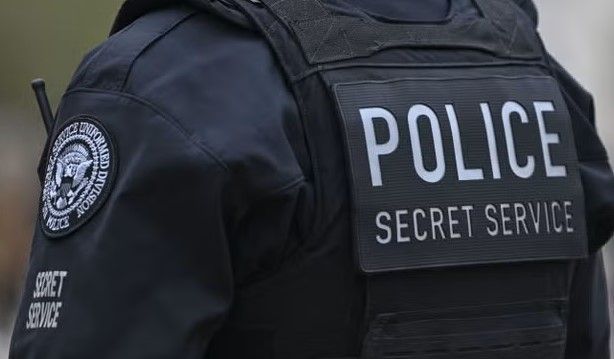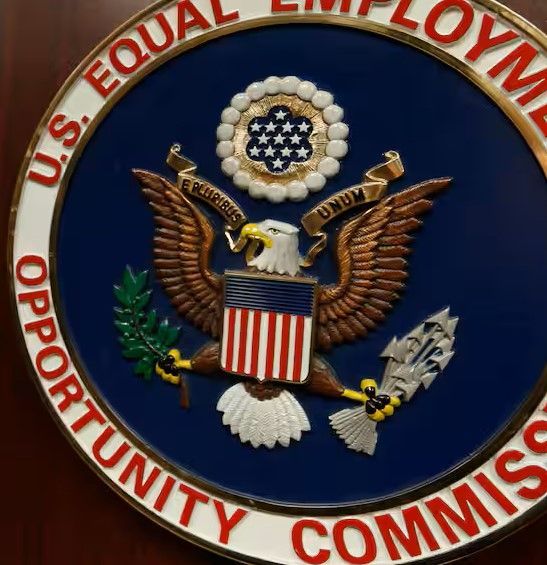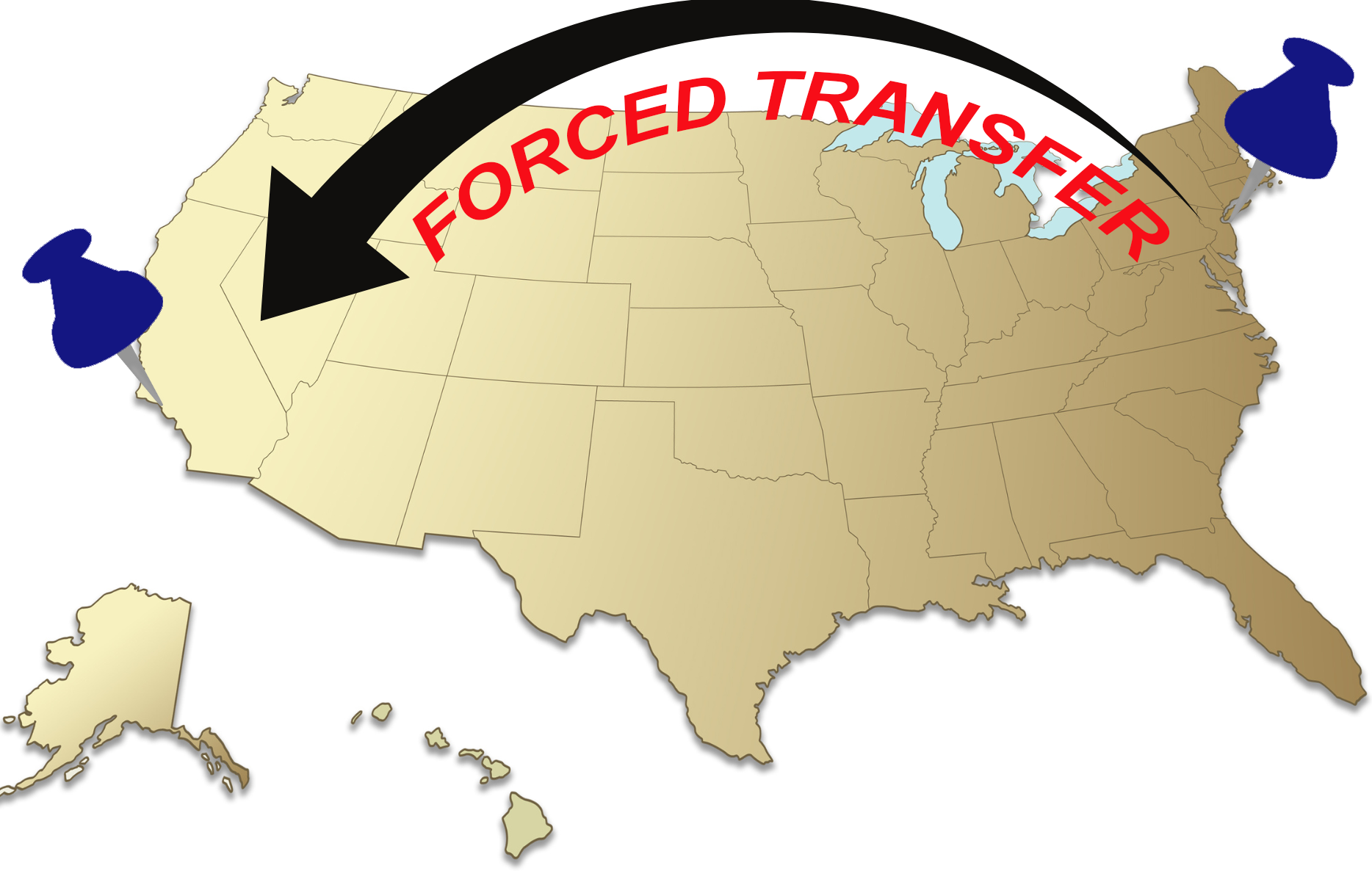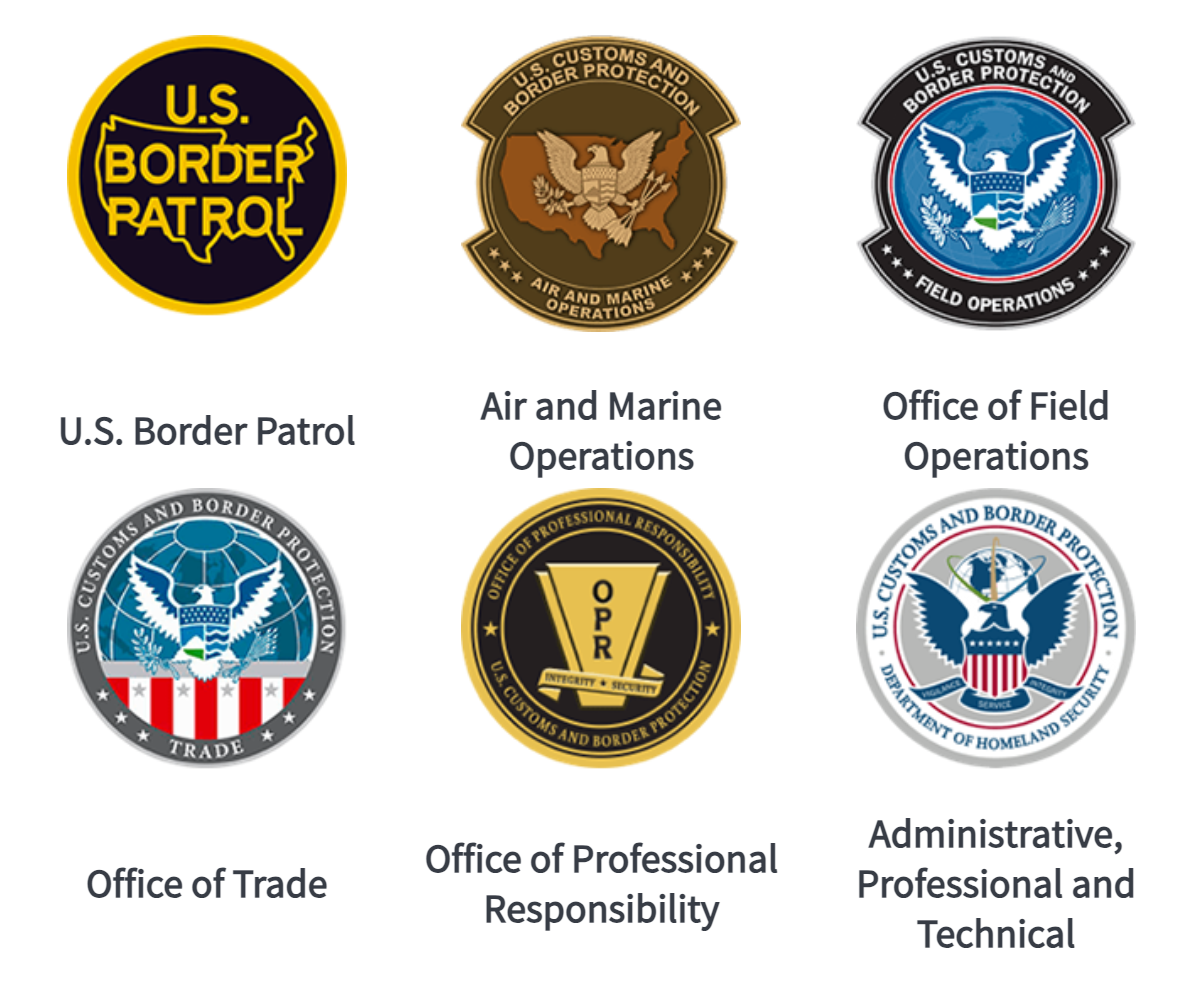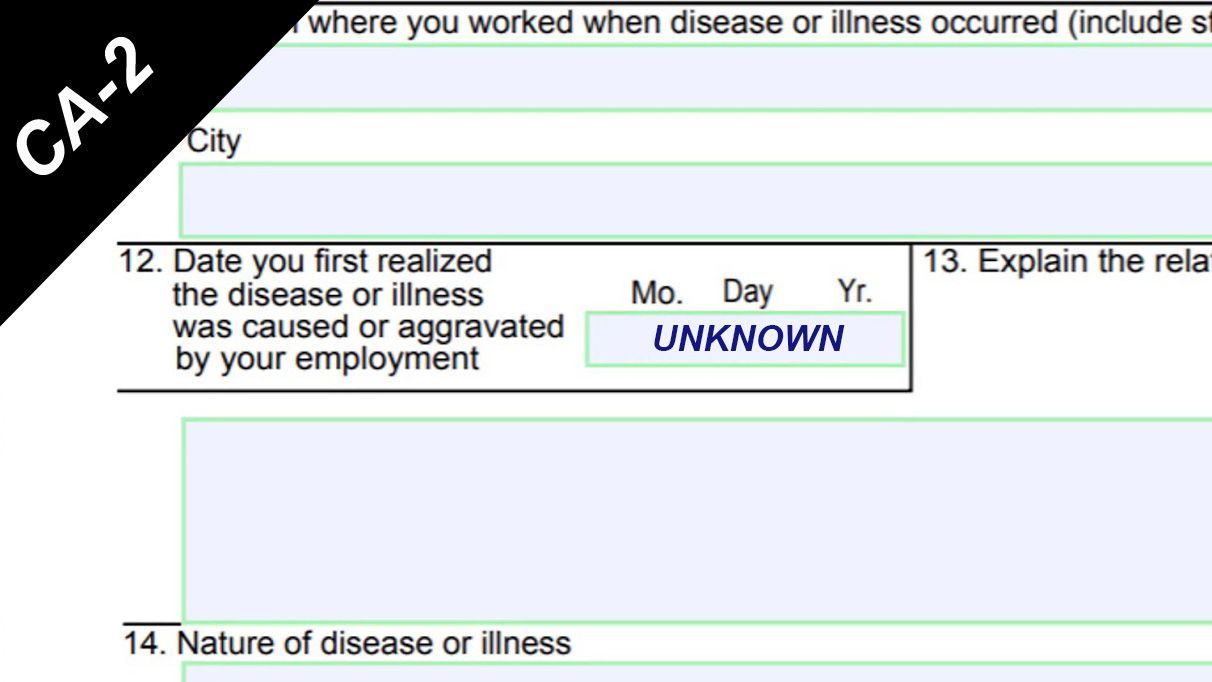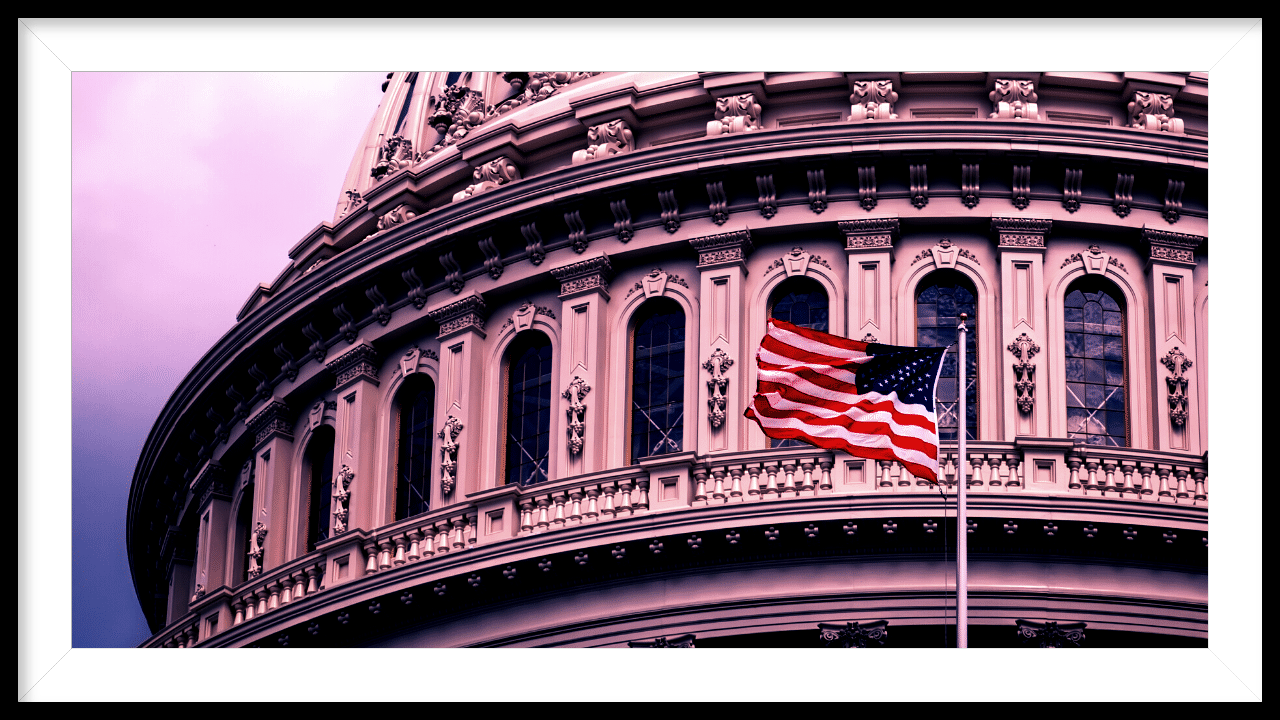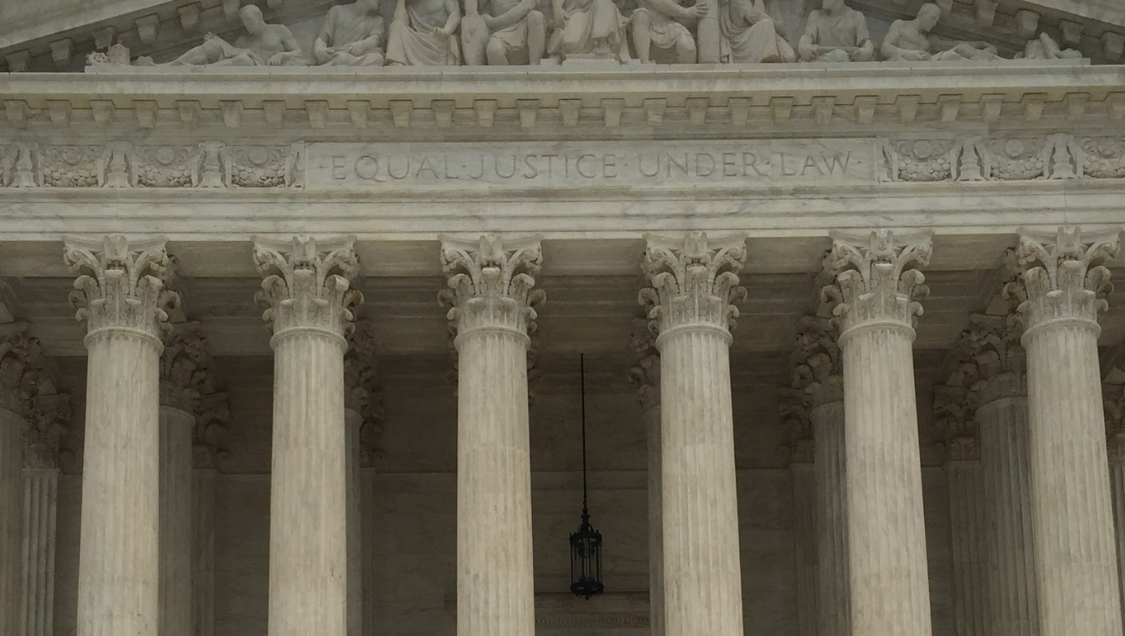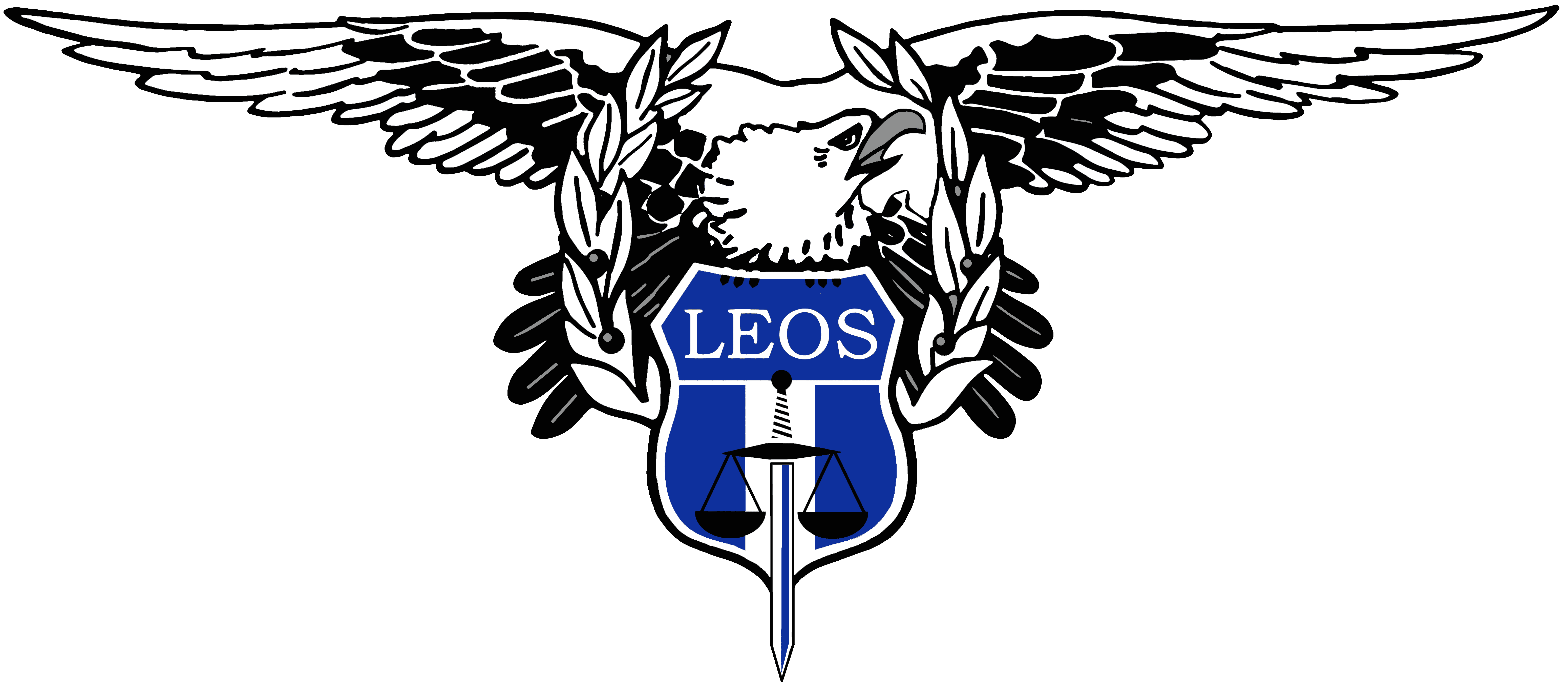Federal Employees Performing Military Duties During COVID-19
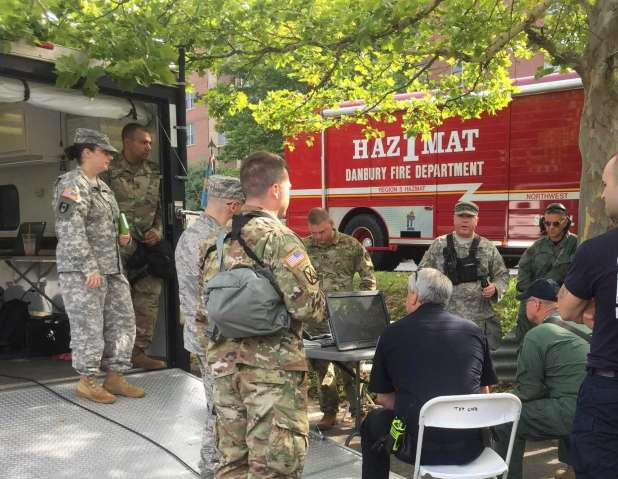
The Uniformed Services Employment and Reemployment Rights Act’s (USERRA) federal statutory and regulatory framework prohibits employers of all types and sizes from discriminating against applicants and employees based on their military status or obligations and establishes strong reemployment rights and protections for those military veterans returning to their civilian jobs (regardless of whether the military absence was voluntary or involuntary).
Until recently, many employers may not have faced significant issues under USERRA. Employers have not seen this type of surge in workplace military leaves of absences since 9/11. However, since the COVID-19 pandemic began, employers (both private and public) of all types and sizes across the country have seen their employees be “called up” by their respective state National Guards to help governors and state officials respond to the pandemic in myriad ways. These “citizen soldiers” are performing such functions as delivering meals to school children at home, building field hospitals to serve as overflow treatment centers, operating drive-through virus testing locations, guarding the National Strategic Stockpile, and enforcing governors’ shelter-in-place orders. As of April 13, 2020, there have been 29,000 Air and Army National Guardsmen mobilized in support of the COVID-19 response.
Of those 29,000 members mobilized during COVID-19, however, only 16,500 of them (57%) are on Title 32 orders. Title 32 of the United States Code puts Guard troops under state control but paid for by federal funds. However, the remaining thousands of Guardsmen leaving their civilian jobs to help the country battle COVID-19 are mobilized on State Active Duty (“SAD”), or state militia active duty, which falls under both the control of state governors and covered by state funding. This mobilization status is critical in understanding what servicemembers’ rights are while serving during the pandemic.
Unbeknownst to many, Guardsmen on state active duty or SAD orders—currently, approximately 12,500 members—are not protected by the federal USERAA law. The terms “uniformed services” and “service in the uniformed services” as used in USERRA encompass all facets of both Title 10 and Title 32 military service, along with some categories of persons designated by the President in time of war or emergency. However, those terms do not capture service in a state militia when under control of the governor and state funds. Contrary to the typical monthly Guard “drill weekends” and most other types of domestic Guard service with which employers are most familiar these days, the state militias’ response to assist state authorities with COVID-19 was not conducted under the authority of Title 32. Only recently did we see this beginning to happen as the President authorized state militias to operate under Title 32.
The impact of having thousands of Guardsmen serving in SAD status as opposed to Title 32 is that, unless there exists a state law that protects their civilian employment in the same manner as USERRA, there could be gaps in employment protections (including anti-discrimination provisions relating to military status) for these citizen soldiers. While most states have in recent years amended their state laws to provide such USERRA-type rights to Guardsmen operating under governor control and state funding, there are still some jurisdictions that do not have any protections in place. For example, the District of Columbia (which also has its own National Guard), lacks a USERRA-type law to grant Guardsmen in SAD status the typical employment protections available under the federal law.
It is imperative that employers know and understand what status applies to the Guardsmen in their employ who currently are on leaves of absence during COVID-19. While employers need to comply with USERRA and apply the federally-mandated protections to employees covered by the law, they may not be bound by the same stringent requirements concerning employees serving in SAD status unless a comparable domestic state law exists. Accordingly, employers must know whether their particular state’s militia laws extend employment protections and reemployment rights to their employees performing state active duty, and to what extent such protections and rights exist. Not only do these protections vary from state-to-state, but historically they also have varied depending on whether a person was employed by a company in State A but performed Guard duty in State B. While State B may have USERRA-like laws that protect the Guardsman’s employment rights, that law might not extend to State A’s employer. Numerous states amended their militia laws within the last few years to protect the civilian employment of Guardsmen performing state militia duties regardless of whether in the home state or another state. Previously, many states’ laws only protected employees who were performing Guard duties in the militia of that particular state.
Additionally, if there is a state law that grants employment protections to Guardsmen serving on state active duty, that law may incorporate verbatim the protections of USERRA. Alternatively, it may attempt to create its framework of protections without specifically invoking or incorporating USERRA. Therefore, employers should not simply assume that the same federal requirements apply (e.g., the escalator principle, the reasonable certainty test about promotions, the accrual of seniority, and rates of accrual of leave, etc.). Rather, a careful study is required of the particular state’s military/employment protection laws. The type of protections that exist may directly impact the employer’s obligations during three main phases: (1) the employee’s advance notice and departure; (2) the employee’s absence; and (3) the employee’s return.
If you have employees in the Air or Army National Guard who have had to serve in some capacity during COVID-19, we can help you ascertain the employee’s status and determine what specific laws and employment protections apply to such employees. Your compliance with all applicable laws—both the federal USERRA statutes and regulations and any state militia laws—will reduce your litigation risk when the pandemic clears and Guardsmen seek reemployment in their previous positions or escalator positions.
